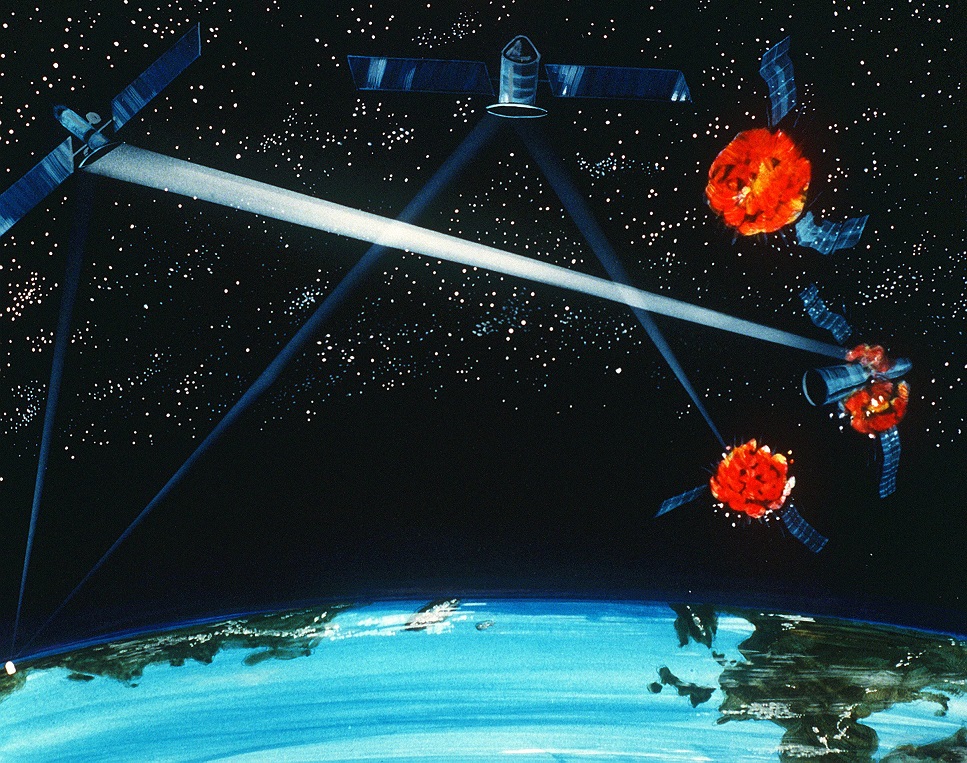This post is also available in:
 עברית (Hebrew)
עברית (Hebrew)
The US has been preparing for game-changing technologies in warfare. The US 2018 National Defense Strategy (NDS) foresees that ongoing advances in artificial intelligence “will change society and, ultimately, the character of war.” One of the concerns is swarm attacks using unmanned vehicles. Swarming is where a military unit engages an adversary from all directions simultaneously, either with fire or in force. High-powered microwaves can be very effective defenses.
In June 2018, the US launched the Joint Artificial Intelligence Center (JAIC), in response to the AI threat. The JAIC is intended to enhance the ability for DoD components to execute new AI initiatives, experiment, and learn within a common department-wide framework.
DoD CTO and Under Secretary of Defense for Research and Engineering, Dr. Michael Griffin, is responsible within JAIC for promoting the development of new AI technologies, systems, and concepts that support AI capability and delivery. He also oversees the Defense Advanced Research Projects Agency (DARPA).
According to Griffin, unmanned vehicles in combination with swarm tactics are disrupting the way wars are fought. To confront the swarming threat, DARPA’s vision is to have future small-unit infantry forces using swarms comprising upwards of 250 small unmanned aircraft systems (UASs) and/or small unmanned ground systems (UGSs) to accomplish diverse missions in complex urban environments.
Unmanned vehicle development, “in combination with the idea of swarming attacks is certainly a concern, and it may be a transformative concern. We need to learn how to defend against such things, and we need to learn how to perpetrate our own versions of those,” he added.
He suggested using directed energy weapons as a means to counteract unmanned swarm attacks. “One of the things that I think will be most promising is directed energy in one form or another. We often think about directed energy as large lasers, and I’ve certainly been involved with some of that for decades, but we also have high-powered microwaves, which can be very effective,” said Dr. Griffin, according to sociable.co.
According to DARPA’s High Energy Liquid Laser Area Defense System (HELLADS) project briefing, “Enemy surface-to-air threats to manned and unmanned aircraft have become increasingly sophisticated, creating a need for rapid and effective response to this growing category of threats.
“High power lasers can provide a solution to this challenge, as they harness the speed and power of light to counter multiple threats. Laser weapon systems provide additional capability for offensive missions as well—adding precise targeting with low probability of collateral damage.”
In addition, DARPA’s Excalibur program was tasked with developing coherent optical phased array technologies to enable scalable laser weapons that are 10 times lighter and more compact than existing high-power chemical laser systems.


























